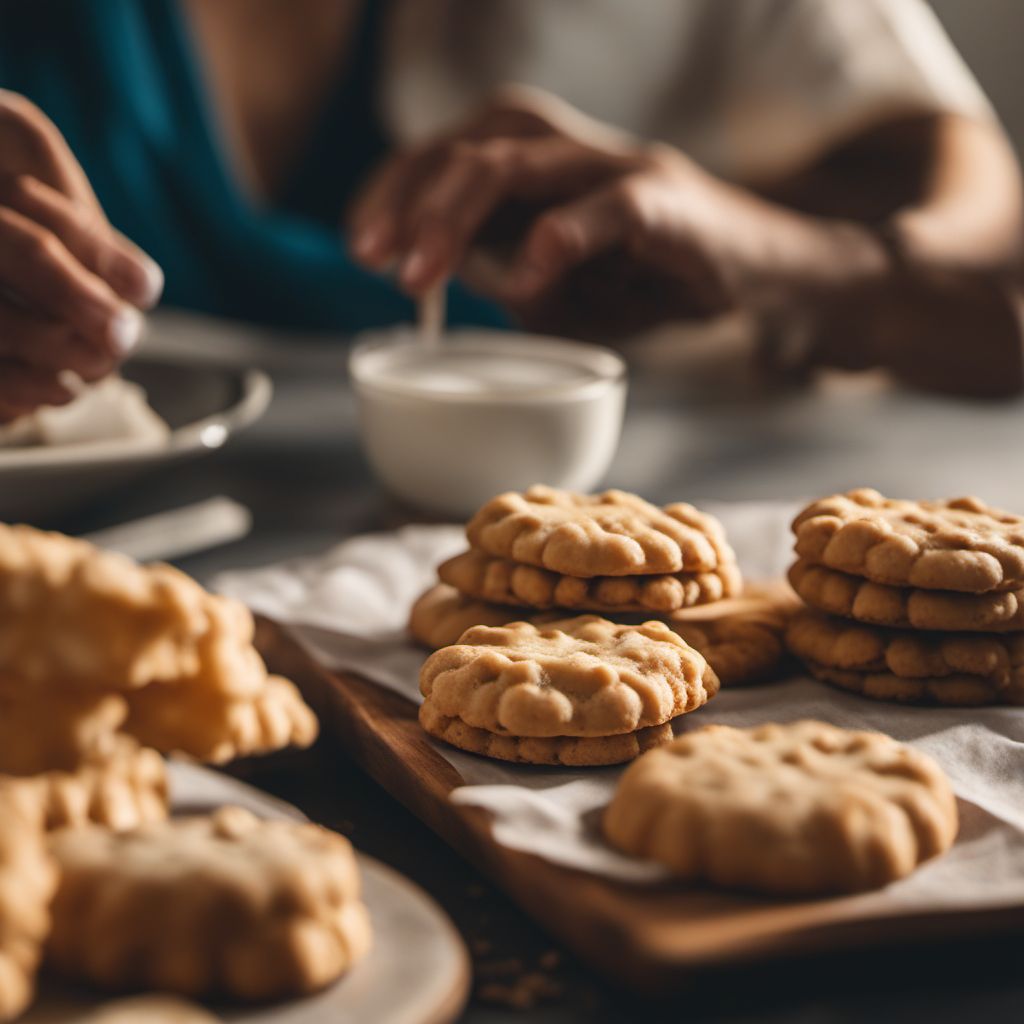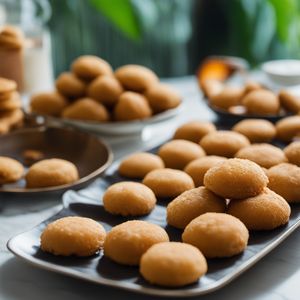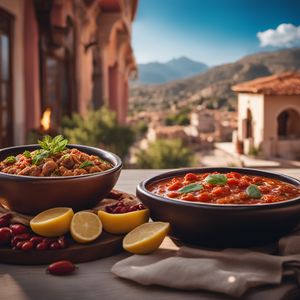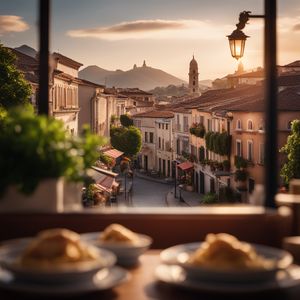
Dish
Paste di meliga
Paste di meliga is made with flour, sugar, butter, and cornmeal. The dough is shaped into small balls and baked until golden brown. The cookies are then dusted with powdered sugar for added sweetness. Paste di meliga is a great snack to have on hand for when you need a quick pick-me-up or a sweet treat to share with friends and family.
Origins and history
Paste di meliga originated in the Piedmont region of Italy and has been a popular treat for centuries. It was originally made with cornmeal because it was a cheap and abundant ingredient in the region. Today, it is enjoyed all over the world and is a staple in many Italian households.
Dietary considerations
Not suitable for those with a corn allergy or gluten intolerance. Suitable for vegetarians.
Variations
There are many variations of Paste di meliga, including those that use different types of flour or sugar. Some recipes also call for the addition of lemon zest or vanilla extract.
Presentation and garnishing
To achieve the perfect crumbly texture, be sure to use cold butter and handle the dough as little as possible. You can also experiment with different types of flour or sugar to add your own twist to this classic recipe. When serving, you can present Paste di meliga on a platter or in a decorative tin. It is often garnished with a sprinkle of powdered sugar or a drizzle of chocolate.
Tips & Tricks
If you want to make Paste di meliga ahead of time, you can store the baked cookies in an airtight container for up to a week. You can also freeze the unbaked dough for up to a month and bake them as needed.
Side-dishes
Paste di meliga is often served as a dessert or snack on its own. It can also be enjoyed with a cup of tea or coffee, or with a glass of milk or hot chocolate.
Drink pairings
Paste di meliga goes well with tea, coffee, milk, or hot chocolate.
Delicious Paste di meliga recipes
More dishes from this category... Browse all »

Aachener Printen
German cuisine

Aberffraw Biscuit
Welsh cuisine

Achappam
Indian cuisine

Acıbadem kurabiyesi
Turkish cuisine

Afghan Biscuit
New Zealand cuisine

Alfajores
South American cuisine

Almendrados
Spanish cuisine

Amaretti
Italian cuisine
More cuisines from this region... Browse all »

Abruzzese and Molisan cuisine
Savory, Earthy, Rustic, Hearty

Apulian cuisine
Fresh, Savory, Rustic, Simple

Arbëreshë cuisine
Savory, Tangy, Herbaceous, Spicy

Basilicatan (Lucanian) cuisine
Savory, Earthy, Rustic, Hearty

Ligurian cuisine
Light, Delicate, Herbaceous, Salty

Lombard cuisine
Rich, Savory, Meaty, Cheesy

Neapolitan cuisine
Bold, Savory, Spicy, Tangy, Fresh

Roman cuisine
Fresh, Light, Herbaceous, Tangy, Savory

